Botas Picudas de Matehuala, SP Mexico. In Collaboration with Aline Paley.
There is in the work of "Chucky"
something pleasantly surreal . This cobbler from Matehuala in northern Mexico ,
manufactured in 2009 a new kind of boots for one of his young client who was
participating in a dance contest. They were disproportionately pointy. They became
immediately very popular in town. Videos started circulating on Facebook and
came to our attention in 2011. Those images were for us who stayed several times
in Mexico, a completely different version from the usual imagery of violence
originating from Northern Mexico at that time. We decided to see this with our
own eyes.
"Los Tribales" tells a story that goes
beyond the simple trend. These boots created by teenagers whose eyes are so
often turned towards the USA on the other side of the border, now find
themselves in Dallas and in Paris where they parade on the catwalk of famous
fashion designers.
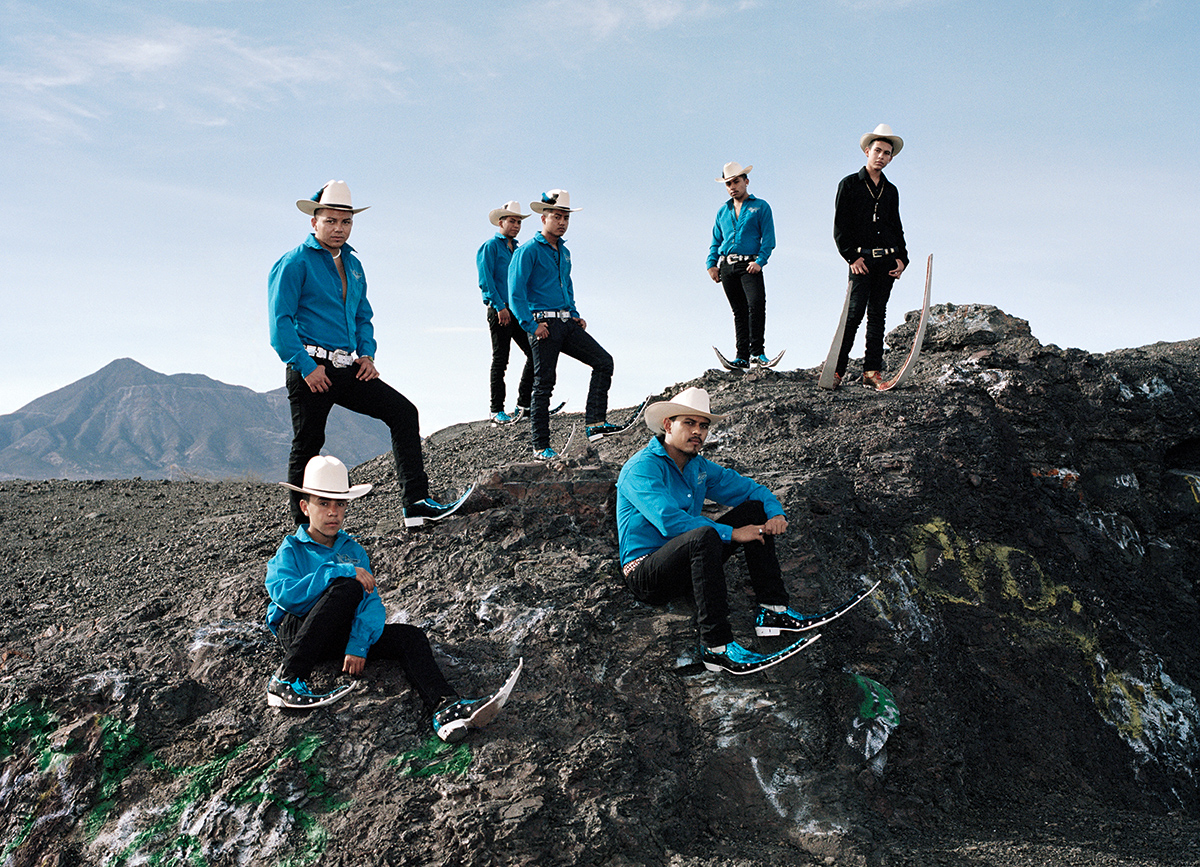

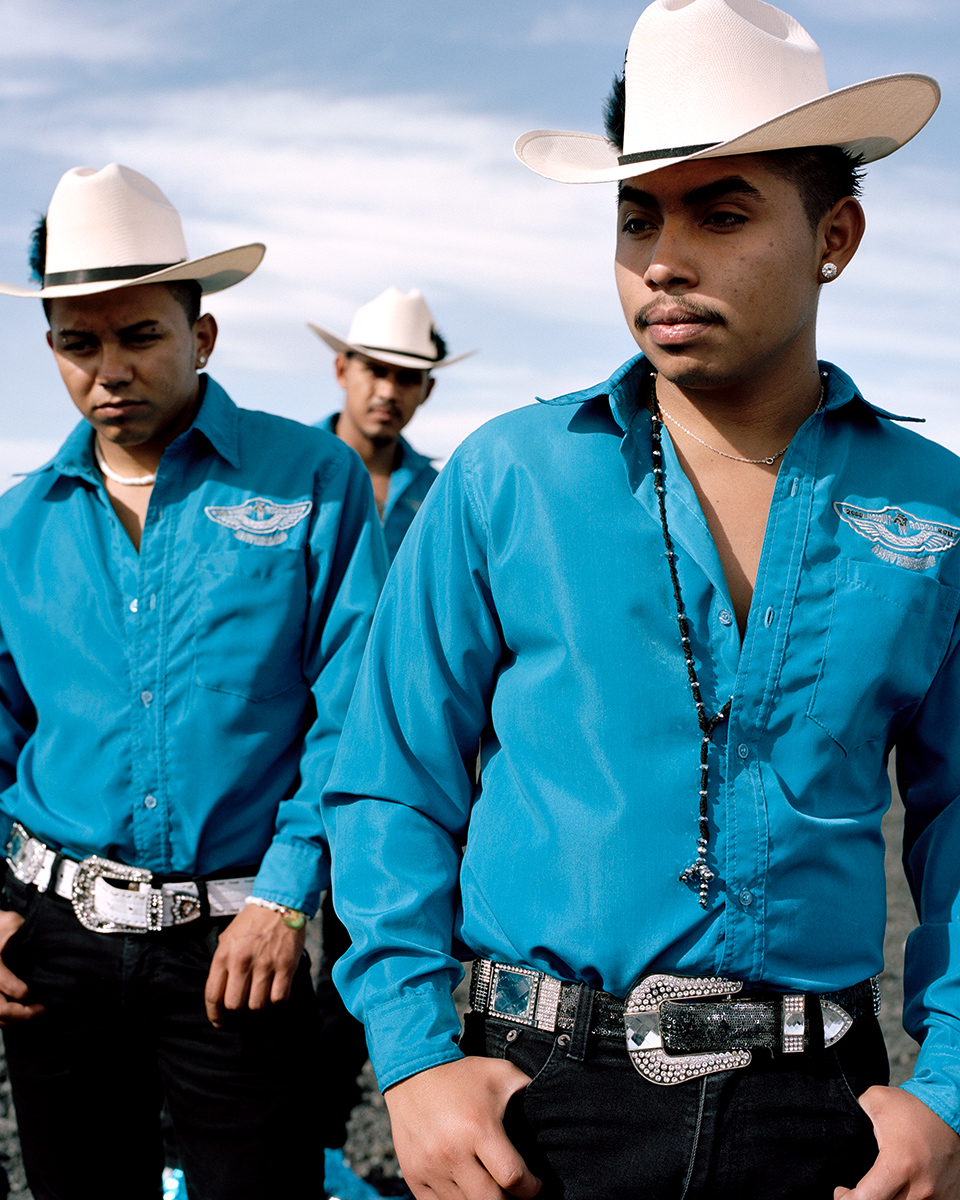
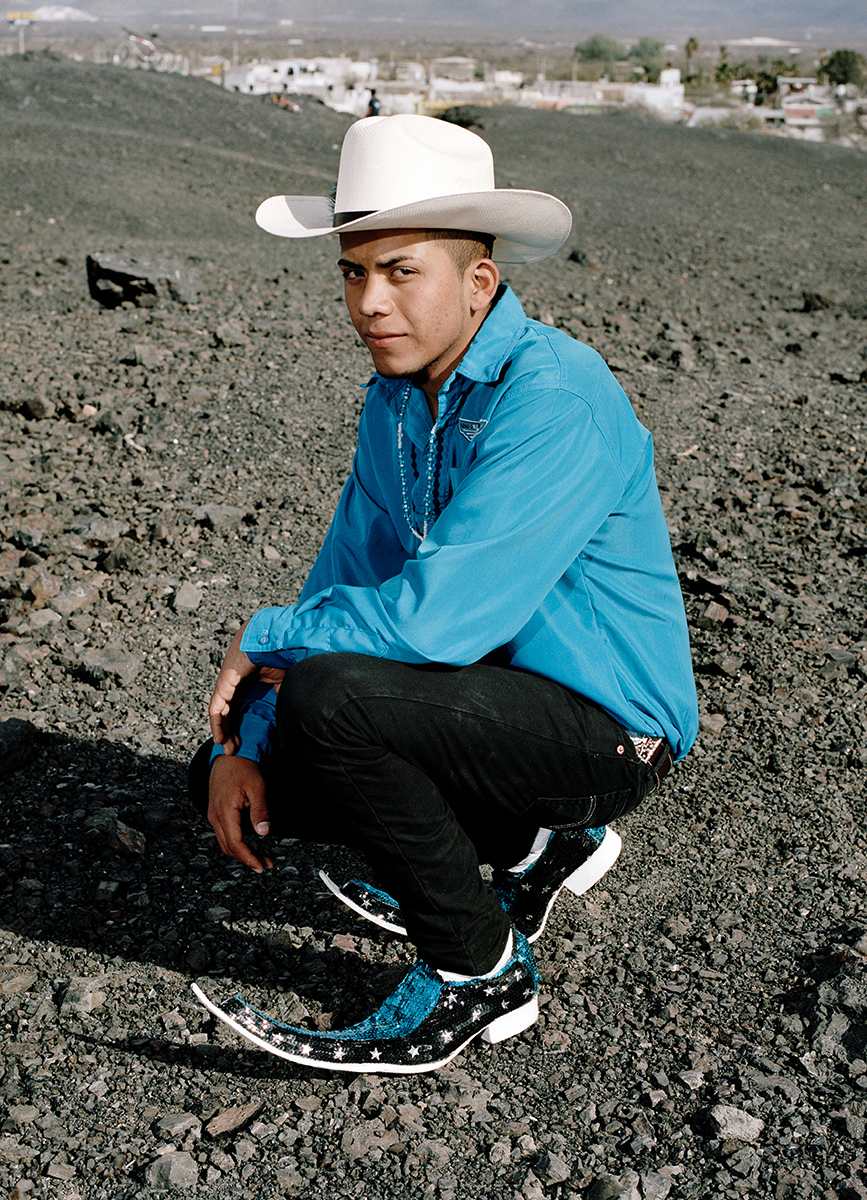
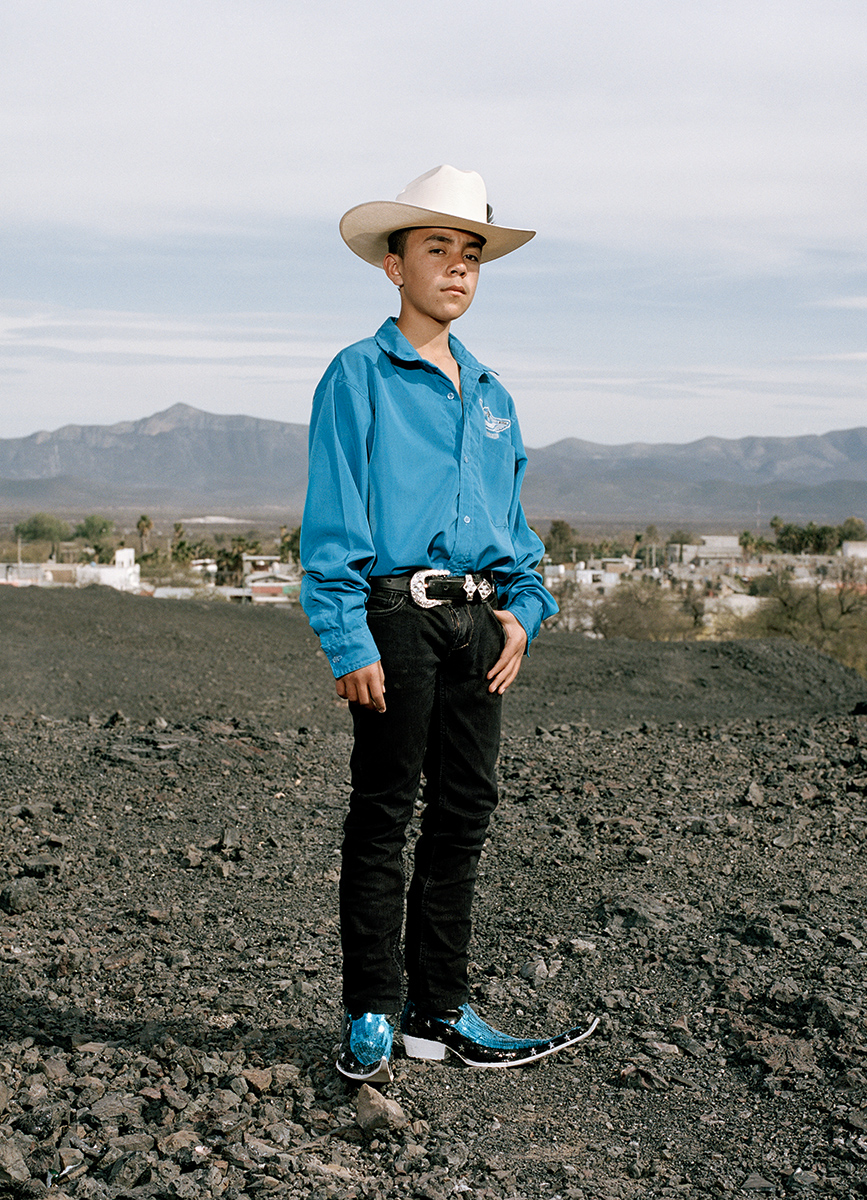

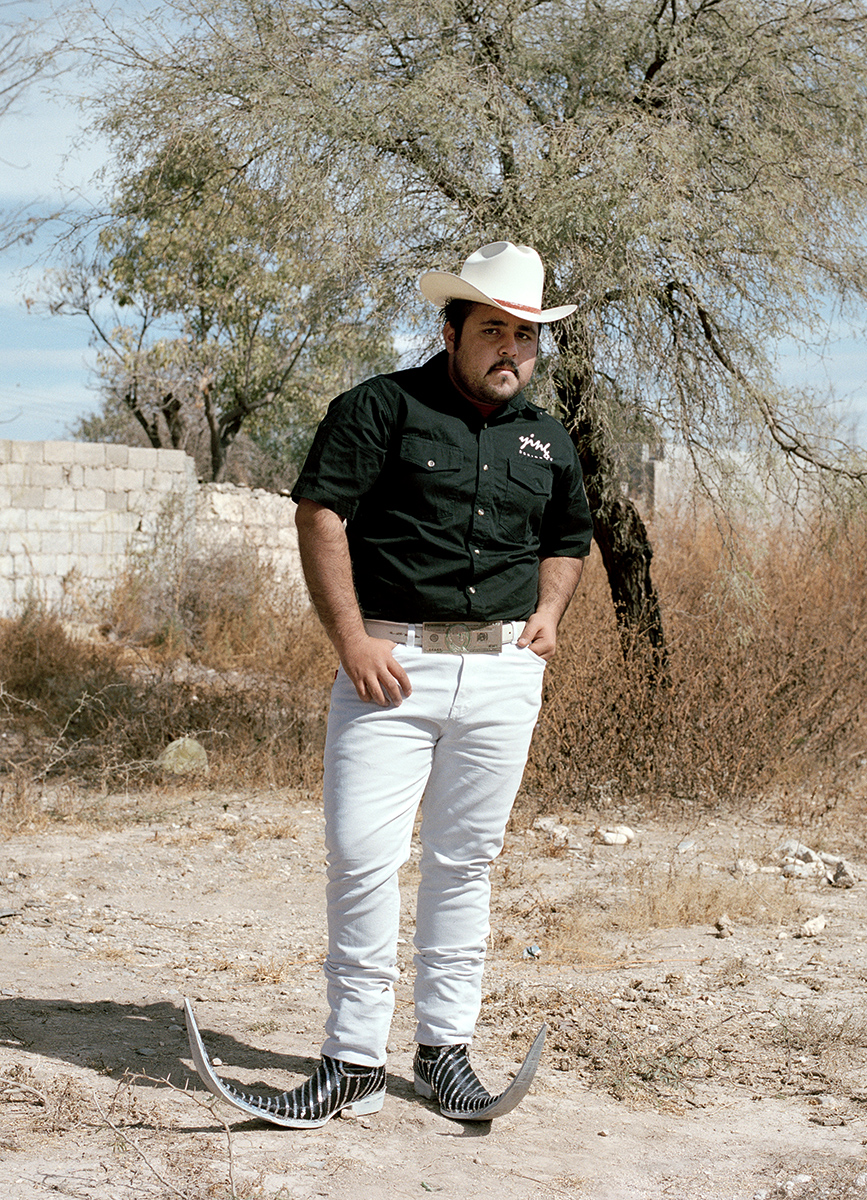




Urban
Farmers of Detroit.
The city of Detroit became a laboratory for many alternative
projects. Urban farming is one of them.
In 1950 the population of Detroit was estimated at about 2
millions, it is now estimated at only 720’000. The city is broke, public
transportations are missing, houses are abandonned, squated or burnt down
leaving behind huge scars in the middle of what was once a thriving city. Wild
animals like pheasants or racoons are making a comeback attracted by empty lots
and a recovering wildlife.
So how can we reshape a city that lost more than half of its
habitants?
Urban farmers have found some answers within this broken
landscape. They buy the land from the city at a very cheap price, clean what is
left from their last inhabitant and create farms within the city, reviving entire neighborhoods. Some
of those new famers sell their harvest at the local market, some others offer
soup to the homeless and provide educational programs. Giving direct access to
vegetables and fruits on a local level, bypassing grocers is to many of those
new famers a real statement and a way of envisioning a new city.


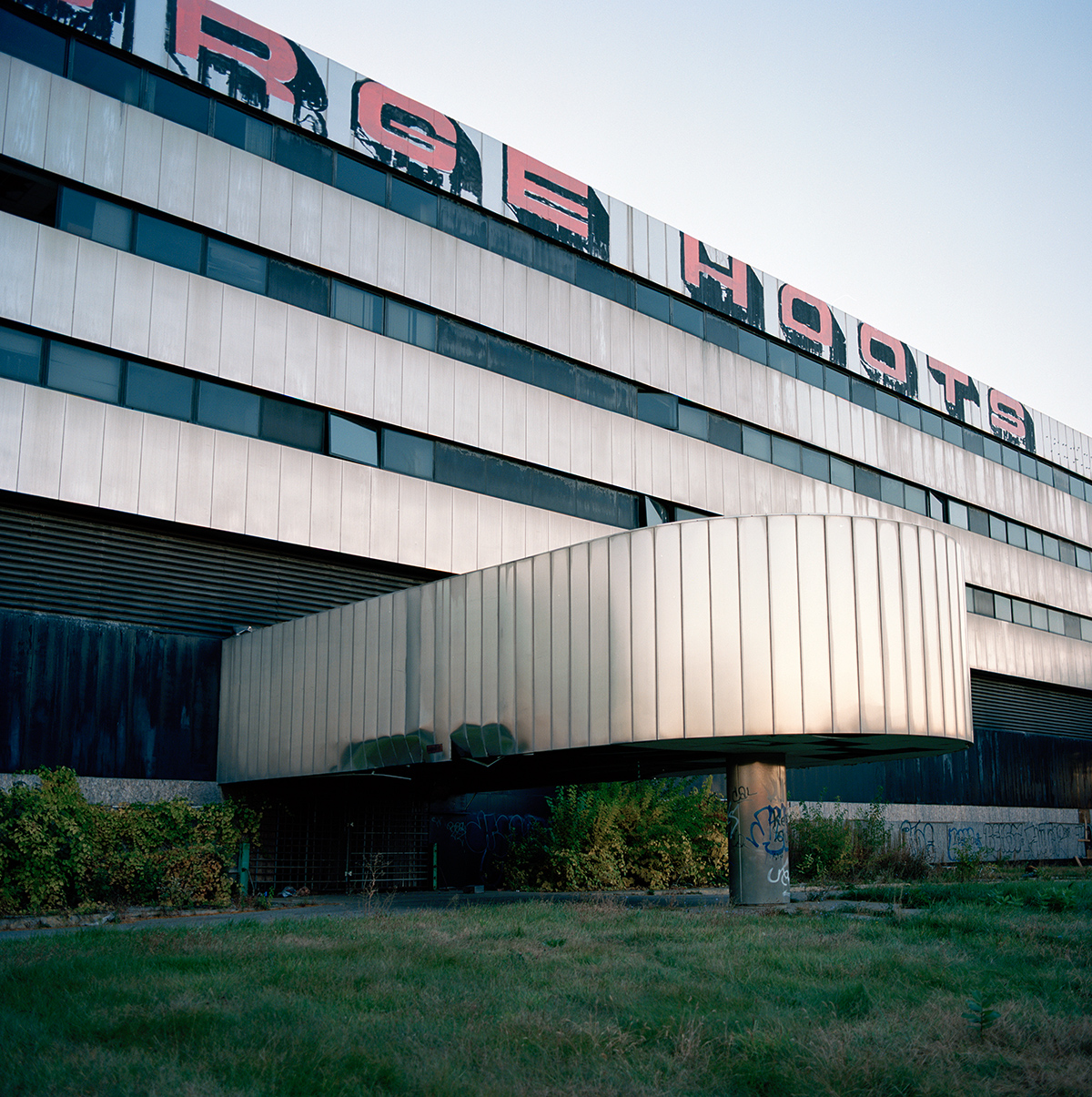










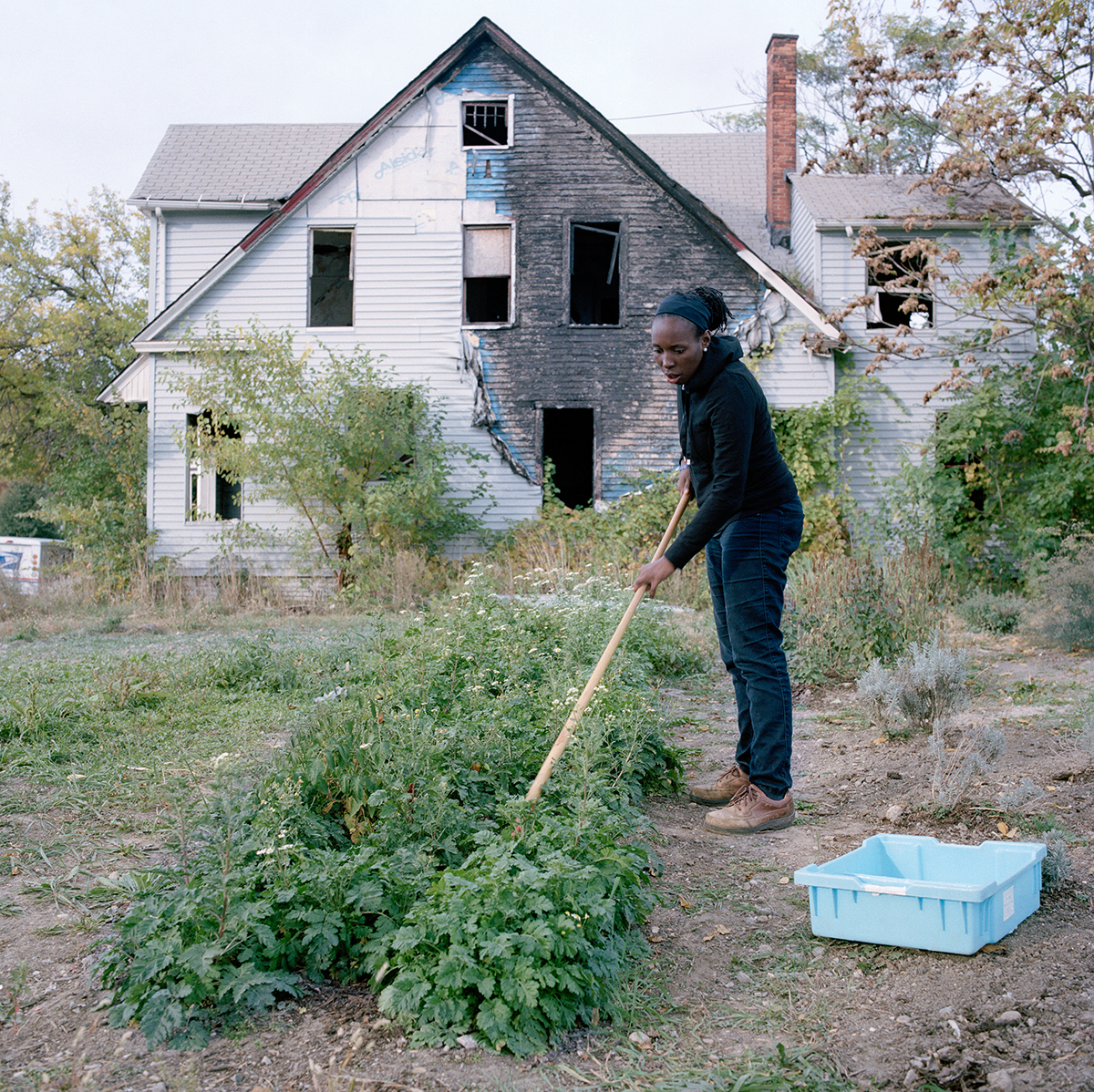




Redhead Festival, Breda, The Netherlands. In collaboration with Aline Paley.
It
all started with a model casting. Bart Rouwenhorst, the founder of the Redhead
Festival, needed red-haired models for his paintings, so he put an ad in the
local newspaper. Overwhelmed by the number of answers, he finally decided to
turn the casting into a happening.
The
first festival took place in 2005; since then, the attendance grew
exponentially. Today it attracts people from all around the world: Ireland,
Germany, Canada, Morocco and Senegal. In every corner of the small town,
festivalgoers exchange ideas and stories in recognition of their own identity
and celebrate the particularity of their shared feature in a convivial atmosphere.
Still many redheads continue to suffer from bullying and stereotyping precepts.
They only constitute 1 to 2 % of the world’s
population, 4% of which resides in Europe.
But in
Breda the singularity of their difference is celebrated and becomes, the time
of a weekend, the ordinary. This transformation raises the question of what
constitutes the norm. In portraying these festivalgoers, we wanted to confront
that norm.










